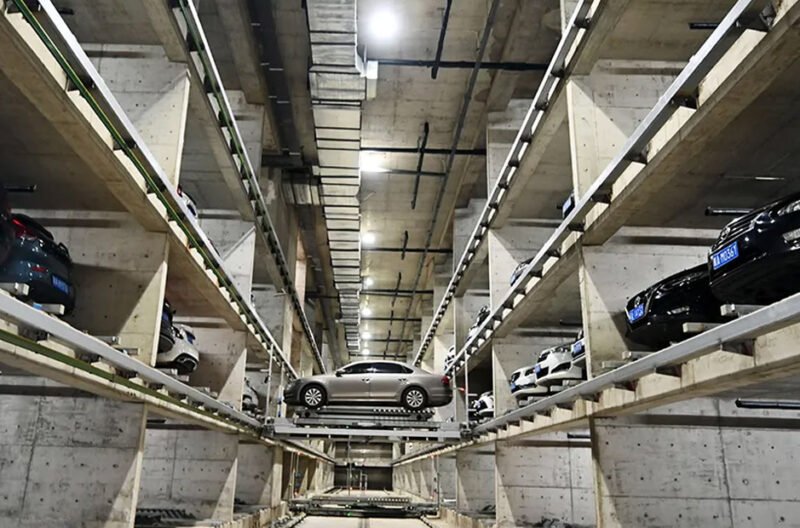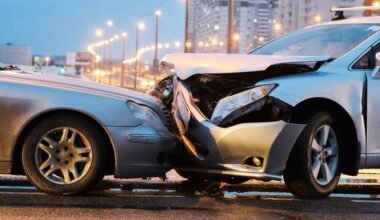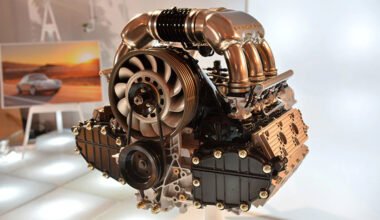Traffic management in places like New York City needs multilayered and innovative approaches. A structured garage system is one of the tools that is often overlooked. These amenities facilitate everyday mobility, future planning, and sustainability. Here’s the role of parking garages in NYC’s traffic management:
Reduces Street Congestion
Garages have a significant impact on reducing the number of vehicles on the streets during rush hours. Drivers seeking street parking may drive around blocks several times, adding to the traffic volume. Multi-level garages allow more people to park their cars off the road, especially in heavily commercial areas. Vertical solutions, like multi-level automated parking systems, are an advantage to areas such as Midtown Manhattan. They provide an alternative to street parking. Decreasing street congestion in Midtown can contribute to better traffic flow within the neighborhood blocks.
With fewer cars parked in the streets, emergency vehicles are able to move through traffic more easily. When parked cars do not clog the curb space, delivery trucks and buses can run more efficiently. Parking garages help reduce street parking, which further minimizes the occurrence of double-parking, a scenario where cars park alongside other cars and obstruct lanes. Traffic signals work better when there are no parked cars at the intersections, especially when it comes to the traffic flow and safety. Well-positioned garages help decongest whole districts and redirect vehicles out of high-traffic thoroughfares and into parking facilities.
Provides Off-Street Parking Solutions
Garages provide an alternative to unreliable street parking. These facilities cater to different types of vehicles, including compact cars, SUVs, and commercial vehicles. Automated systems in some garages help to maximize space utilization and lessen the time drivers spend in narrow lanes, ramps, or tight corners to find a free parking space.
Security cameras and attendants act as deterrents against theft, vandalism, and unauthorized entry. Garages may be open twenty-four hours a day, serving the needs of non-traditional workers and late-night entertainment enthusiasts. Other amenities offered in some facilities include contactless payment systems and electric vehicle charging points.
Reservation systems are made possible through the integration of technology, making sure drivers have spaces before they reach their destinations. Climate-controlled environments keep vehicles safe against adverse weather conditions such as snow, rain, and extreme temperatures. These solutions may appeal to drivers who would have foregone travelling to busy places altogether.
Advocates for Transit Linkages
Multimodal transportation within the city is easily achieved with garages near subways and bus terminals. Suburban commuters can use their vehicles to access outer boroughs or suburbs and then use mass transportation to get to downtown. This park-and-ride strategy minimizes the traffic of vehicles into Manhattan’s most congested central business districts. Garages at popular transportation stations, including Penn Station and Grand Central, may also be utilized by commuters.
Enables Business Deliveries
Parking garages can include dedicated spaces on lower levels that are reserved for service vehicles such as vans, trucks, and cargo carriers. These designated spots assist companies in organizing their logistics without adding congestion to narrow streets. Couriers offloading freight avoid the need for double parking, preventing blockages in traffic lanes and bicycle paths.
Some garages may also implement timed access windows for deliveries, especially in busy retail or restaurant districts. This structured system helps reduce congestion during peak hours. By concentrating deliveries within specific buildings, surrounding roads remain more accessible during the busiest times of day. These delivery hubs can also reduce pressure on curbside loading zones in commercial corridors.
Encourages Effective Land Use
Vertical parking structures maximize available space by stacking vehicles on multiple levels rather than spreading them across large surface areas. This design frees up ground-level space in densely populated boroughs like Manhattan, allowing that land to be repurposed or developed for public use. Garages may be integrated into urban planning alongside office buildings, skyscrapers, and cultural centers such as libraries and theaters. These multifunctional developments help reduce the need for expansive outdoor parking lots, especially in zoning-constrained communities.
Use a Parking Garage Today
Parking garages offer valuable benefits to businesses, especially in delivery-heavy areas like Midtown and the Meatpacking District. Traffic moves more efficiently when drivers no longer need to circle the block searching for street parking. Planning ahead is easier, as some garages provide real-time availability data through city monitoring systems. Contact a company that can help you book a parking garage space today.






